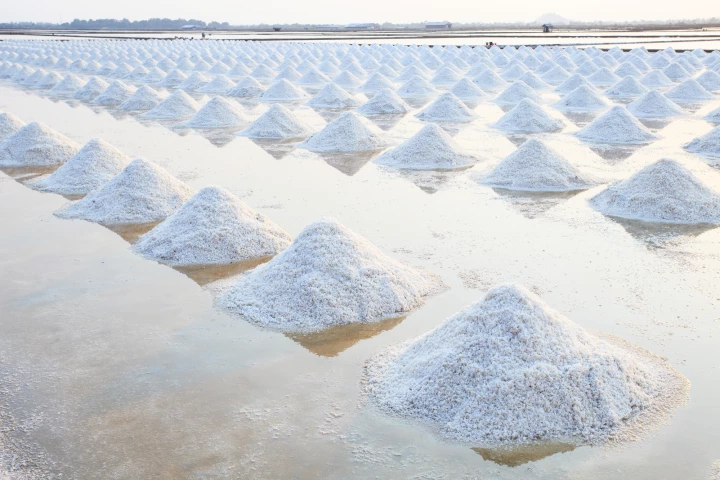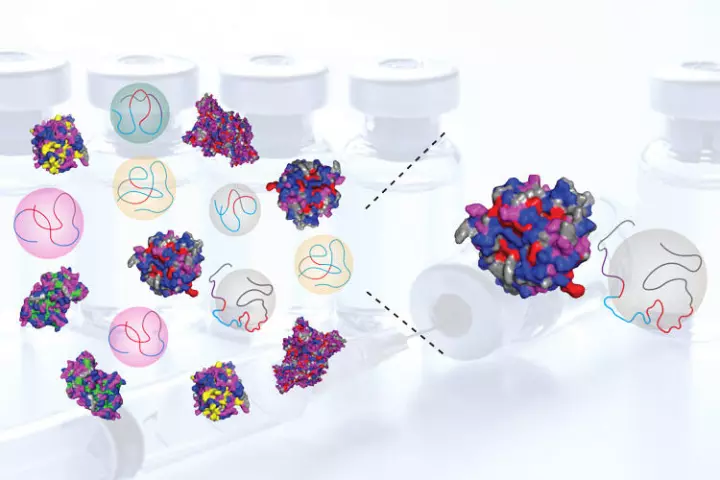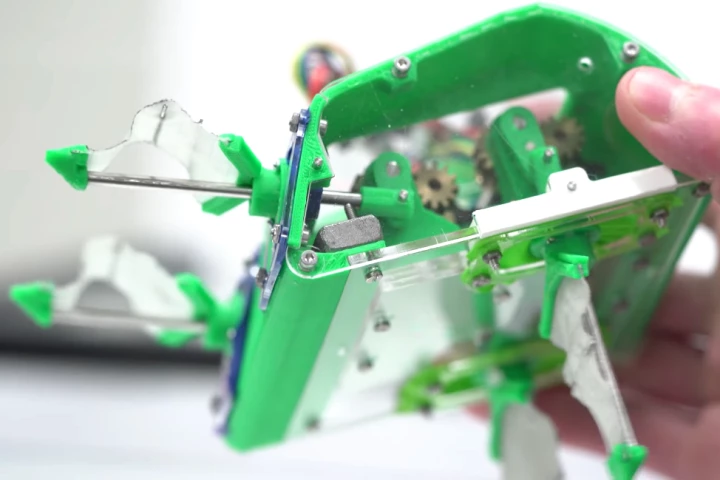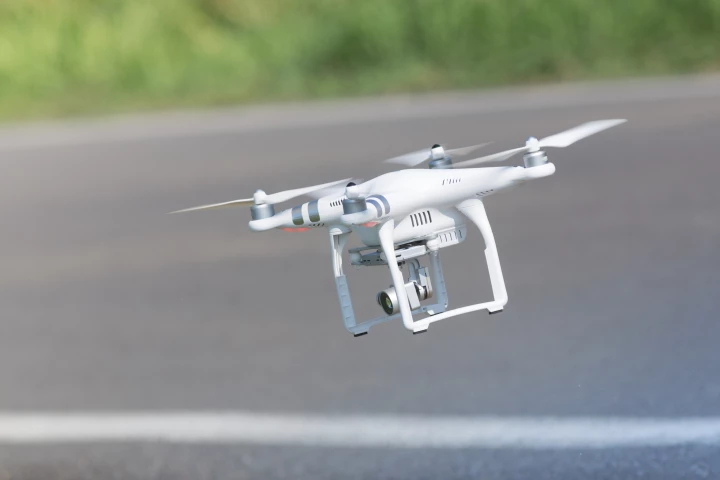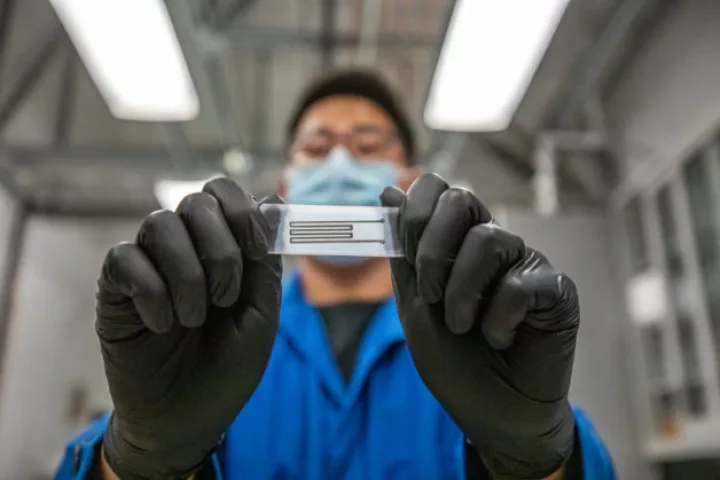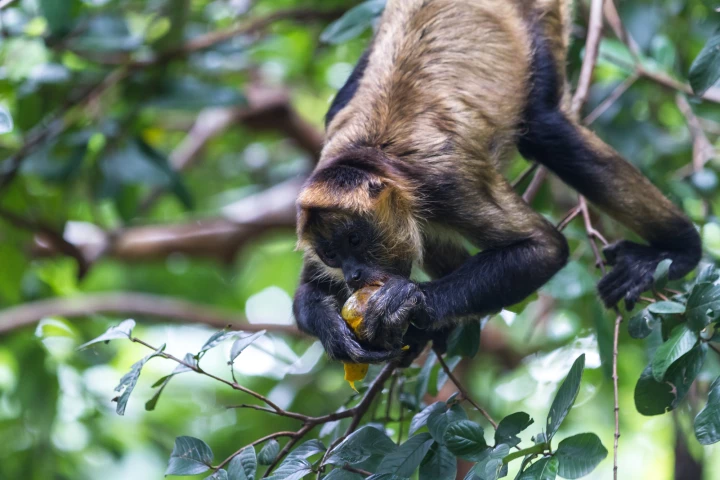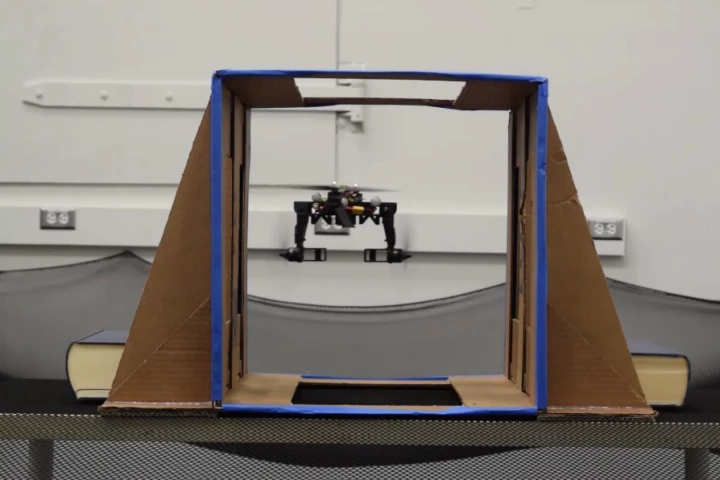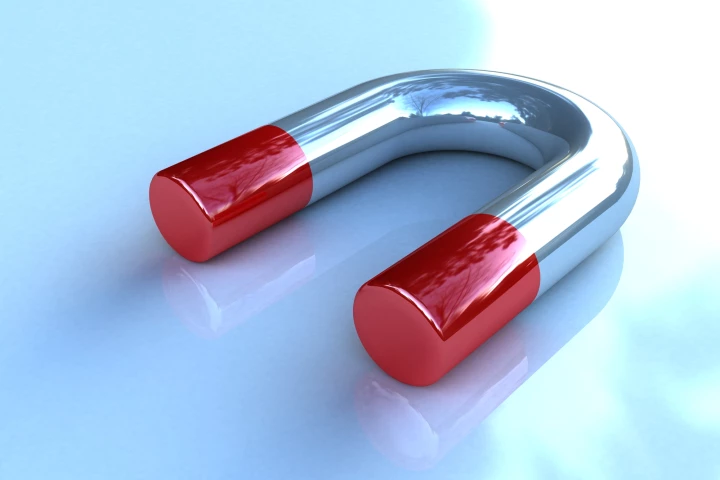UC Berkeley
-
Dome-skulled dinosaurs may have looked less like Friar Tuck and more like the Fresh Prince of Bel Air. New fossil finds suggest they may have had big bristly ornaments on their heads, and might not have butted heads like they do in the movies.
-
Could salt, one of the oldest preservatives around, help keep carbon deep underground for thousands of years? Researchers believe it can, and that it might offer a way forward in containing a gas that's a major contributor to climate change.
-
Can we take shortcuts on nature’s blueprint and make more efficient synthetic proteins? A new study finds simple combos of synthetic building blocks can make for protein alternatives that work just as well as, or even better than, the real thing.
-
The tiny Pacific mole crab (Emerita analoga) has a unique talent, in that it can burrow straight down into the sand using its flexible legs. An experimental new robot copies that capability, and it could actually have some practical applications.
-
Ordinarily, quadcopter drones have to tilt their front end downward when flying forward, increasing their frontal area and thus increasing drag. An experimental new drone gets around this problem, by only tilting its rotors.
-
Old electronics are tricky to recycle, meaning they clog up landfills while locking valuable metals away. Now scientists have demonstrated printed circuits that can be degraded on demand, returning their materials to reusable forms.
-
We’re all maybe a bit surly after a sleepless night, but a new study suggests our levels of day-to-day selfishness can be directly related to how well rested we are, and these findings could have implications on both individual and societal levels.
-
A team from the University of Illinois and UC Berkeley has demonstrated a new cooling method that sucks heat out of electronics so efficiently that it allows designers to run 7.4 times more power through a given volume than conventional heat sinks.
-
New analysis of urine samples from so-called "drunken monkeys" offers first-of-a-kind evidence that wild primates actually seek out fermented fruit and metabolize the ethanol within it, lured by its higher concentration of calories.
-
Quadcopters may be versatile drones, but those four spread-out arms do keep them from performing certain tasks. An experimental new drone addresses that shortcoming, with arms that passively fold down as needed.
-
When leaping geckos crash head-first into vertical surfaces such as tree trunks, they're able to hang onto that surface instead of bouncing off and falling to the ground. Scientists have discovered what allows them to do so, and copied the capability in a small robot.
-
In a breakthrough that could open up exciting new possibilities in computing and electronics, scientists in the US have developed a two-dimensional magnetic material that is the thinnest in the world, measuring just a single atom thick.
Load More

